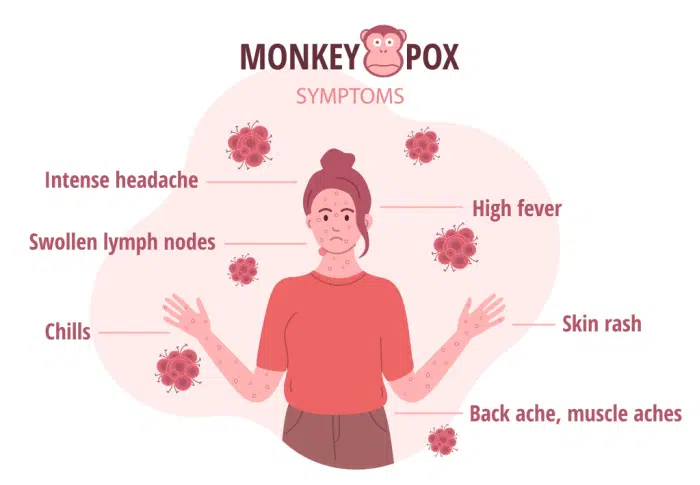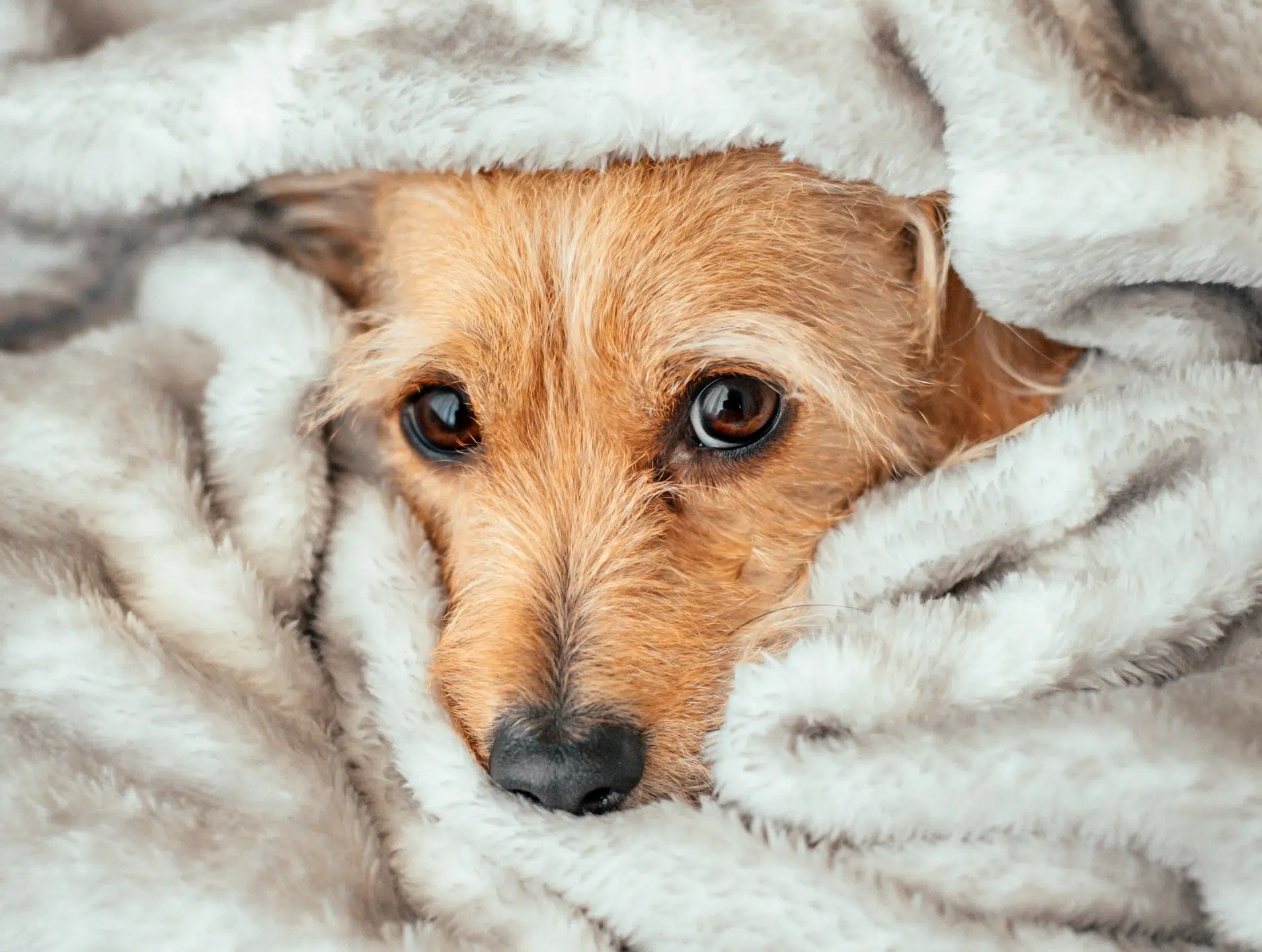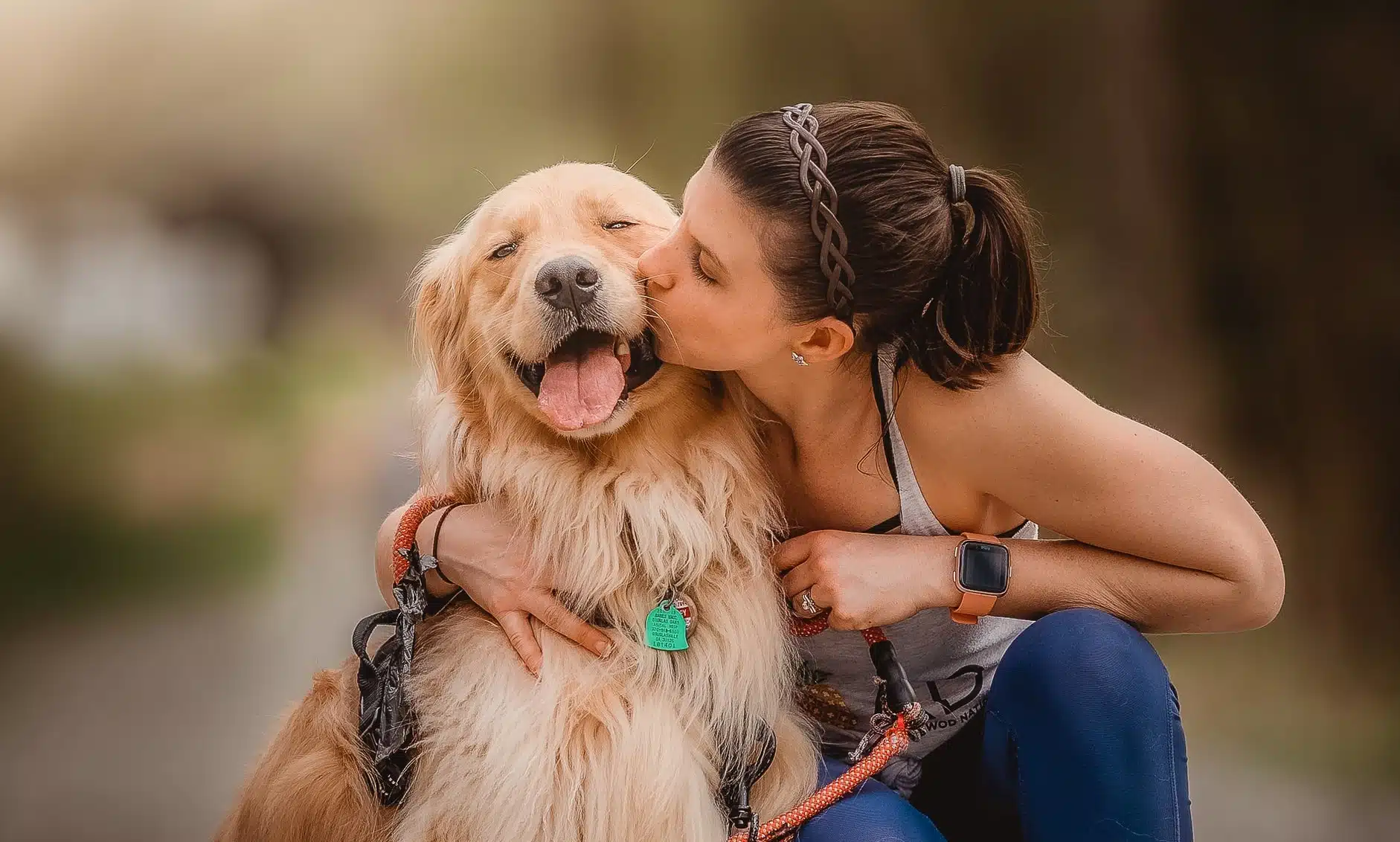Home » Blog » Pet » Pet Health & Safety » Monkeypox in Dogs and Humans: Prevent the Spread
Categories
Tags
animal welfare
breed profile
buying a car
buying a pet
Car
car accessories
car care
car features
car insurance
Car safety
car sales
car service
cat
cat behaviour
cat body language
Cat Breeds
cat food
cat insurance
comprehensive car insurance
Dog
Dog Behaviour
dog body language
Dog Breeds
dog food
Dog Insurance
dog training
eco friendly cars
Kitten
New Car
pet accessories
pet activities
Pet Adoption
pet breeders
pet days of the year
pet fun stuff
Pet Health
pet insurance
pet parenting
Pet Safety
pet services
Puppy
rescue pets
road safety
road trip
safe driving
Recent Blog:
Facebook Posts
1 day ago
True or false: A stiff brake pedal can stop your car from starting? Answers here…![]()
![]() 3 Reasons For a Stiff Brake Pedal and Car That Won't Start –
... See MoreSee Less
3 Reasons For a Stiff Brake Pedal and Car That Won't Start –
... See MoreSee Less
3 Reasons for a Stiff Brake Pedal and Car That Won't Start
www.pd.com.au
Help! My car isn't starting and the brake pedal is stiff - why?! First of all, if your brake is stiff and car won't start then you've already pieced3 days ago
Growing old sometimes means we can’t take care of pets anymore. Find out some advice on what to do when this happens:![]()
![]() Senior Pet Parents – Contingency Plans for Your Pet –
... See MoreSee Less
Senior Pet Parents – Contingency Plans for Your Pet –
... See MoreSee Less
Senior Pet Parents' Contingency Plans for Pets
bit.ly
Sometimes senior pet parents need more downtime. For older pet owners, this can be tricky to navigate if their dog or cat is full of beans and wants to5 days ago
Celebrating World Vet Day by expressing our gratitude to all the wonderful vets out there! You're the real heroes for our fluffy companions. #WorldVetDaye#ThankYouVetsu#PDPetsdpets
... See MoreSee Less
According to the government health site, as of 15 September there are 132 cases of Monkeypox in Australia. However, not all of these are confirmed and some are being cautioned as probable. Over in the states more than 22,000 cases are confirmed and worldwide the count stands at almost 60,000.
The disease has been declared a Communicable Disease Incident of National Significance in Australia and declared a global emergency by the World Health Organization (WHO)
For pet owners, the recent news that dogs can catch Monkeypox may put us on high alert. Not so long ago we were forced to wonder can animals get coronavirus? We’re only just recovering from being bamboozled by COVID stats and cautionary measures and now this…
Let’s try to stay ahead of this new virus by knowing what to expect.

What is Monkeypox?
Monkeypox is a zoonotic virus that’s related to smallpox. It’s far less deadly and causes milder symptoms than smallpox. (Smallpox was declared eradicated worldwide in the 1980s).
Many small animals can be infected but remain asymptomatic so the virus was only discovered when it infected monkeys that were symptomatic. This was in the mid 50s when two groups of captive monkeys being used for research became infected. Like monkeys the virus is also symptomatic in humans and dogs.
Monkeypox in humans, dogs and other animals
Research is still being done on which pets and other animals can and can’t get monkeypox. Recently, the first case of Monkeypox was confirmed in a dog but so far it’s unknown whether the virus also affects cats.
Most of the animals that can contract the virus are also susceptible to other orthopoxviruses (a genus of viruses that use mammals and arthropods as natural hosts). This genus of viruses includes smallpox, cowpox, horsepox, camelpox, and monkeypox.
Monkeypox can be transmitted between animals and humans. The first dog infected caught monkeypox from its owner. It’s also possible for animals to transmit the virus to humans.
Here’s a list of animals that are known to be susceptible to the virus:
| Dogs | Monkeys |
| Prairie dogs | Apes |
| Squirrels | Chinchillas |
| Marmots and groundhogs | Shrews |
| Hedgehogs | Giant-pouched rats |
Monkeypox symptoms
Monkeypox lasts between two and four weeks with the main symptoms being flu-like combined with a rash. Not all the symptoms will necessarily always happen, rather they can happen in various combinations. You might just feel like you have the flu, then a rash, or first a rash then the flu, or even just one of these.
Usually the rash starts out looking like pimples that go through several itchy painful stages over the weeks. Unfortunately the most likely place for the rash is around the genitals (on males and females). But these can also be on the mouth, face, hands, feet, chest or elsewhere.
Symptoms usually only appear three weeks after exposure. You’re infectious from this time until the rash, any scabs and the new layer of skin have healed.

Here are the flu-like monkeypox symptoms (in no particular order):
- Aching muscles
- Backache
- Blocked or runny nose
- Chills and fever
- Coughing
- Exhaustion
- Swelling in the lymph nodes
- Sore throat
Dogs can also present with red or crusty eyes, a runny or crusty nose and reduced appetite. Of course, dogs can lose their appetite for several other reasons too. Read about what could be behind a dog not eating.
How is Monkeypox transmitted?
Monkeypox is spread through close contact. The more intimate the contact the likelier the spread, so if you have an unexplained rash avoid hugging and kissing your pets (and other people) until it resolves.
Usually sleeping with your dog in your bed has plenty of health benefits – but not if you have monkeypox. As with protecting pets if you catch COVID-19, the less direct contact the better.
The virus appears to prefer direct contact but can be transmitted via objects like bedding or toys that it’s come into contact with.

How to prevent spread of Monkeypox in Australia
If your dog shows signs you think may be Monkeypox, don’t let them around other pets or visitors. Dogs may spread the virus to other dogs and it’s also possible for spread back to humans. Create a safe isolation room for them where they can rest and recover. This should ideally be for 21 days or until symptoms have cleared.
It’s important that you contact your regular vet for assistance (via email or phone – don’t take your dog into the practice as this will risk further infection). Your vet can guide you through whether there are any added precautionary measures to take during your dog’s R&R.
home rest and isolation is the likeliest treatment when your pet has caught Monkeypox in Australia. Skin wounds may need treatment, however, this is different to directly treating the virus.
Wash your dog’s items including food and water bowls, toys and bedding thoroughly. Don’t wash your dog with unsafe chemicals – these won’t help and will likely damage its skin.
Thankfully the threat of being infected by monkeypox in Australia remains relatively low.
A soft landing with award winning dog insurance
No matter how great a pet parent you are, your pooch can get injured or sick and Monkeypox in Australia is just another reminder the unexpected can happen.
Being safeguarded by award winning pet insurance is priceless in softening the blow of ill health. When your first month (or even more) of dog insurance is completely free with PD Insurance, why not get that goodness started by clicking below?
Share On:




